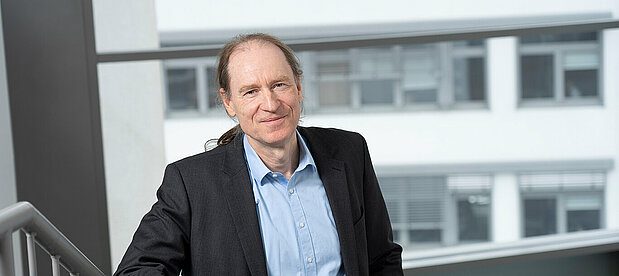As part of WaMiSAR, TZW is investigating microbial processes in groundwater contaminated by mining activities in Southern African regions. The focus is on bacterial sulphate reduction and heavy metal immobilisation.
Many groundwater resources in South African countries are contaminated with sulphate and dissolved heavy metals. In order to be able to utilise the rare resource of water in the arid regions of South African countries, sulphate and heavy metals must be removed from the aquifer.
The WaMiSAR project consists of an interdisciplinary consortium of 11 German and 10 partners from southern Africa. This includes many specialised fields, e.g. water chemistry, geology, environmental technology. The project is coordinated by the University of Potsdam.
As part of the project, two different model sites are characterised microbiologically in order to develop conceptual site models. At the site of a former copper mine (Tsumeb, Namibia) with areas containing high levels of arsenic, the contaminated groundwater is used for agricultural purposes. At the second site of a former coal mine (Brugspruit Mine, Mpumalanga, South Africa) with extremely high sulphate concentrations (up to 20 g/L) and heavy metals, the outflowing water is used as a drinking water. Microbiological and geochemical processes are to be used to reduce the pollutants using in-situ processes.
Specifically, microbiological and molecular biological investigations are carried out at TZW. Sulphate-reducing bacteria and arsenic-oxidising organisms will be investigated and stimulated. The investigations will contribute to a comprehensive understanding of the processes in situ. In collaboration with the consortium, a remediation concept for the model sites and a toolbox that can be transferred to other sites will be developed.

![[Translate to English:] Prüfstelle-Produktprüfung_Teststand Test centre and product testing](/fileadmin/_processed_/0/9/csm_TZW-Karlsruhe_Pruefung_Geraete-Teststand_377188946c.jpg)























![[Translate to English:] Landkarte Afrika](/fileadmin/_processed_/2/9/csm_Projekt_WaMi_27947c4257.png)
![[Translate to English:] [Translate to English:]](/fileadmin/_processed_/1/0/csm_Projekt_WaMi_01_a851ec9041.png)
![[Translate to English:] [Translate to English:]](/fileadmin/_processed_/e/7/csm_WaMiSAR_af88f1e84c.jpg)
![[Translate to English:] [Translate to English:]](/fileadmin/_processed_/f/3/csm_WaMiSAR_2024_5b92f10af0.jpg)
![[Translate to English:] [Translate to English:]](/fileadmin/_processed_/7/f/csm_WaMiSAR_2024_08_a5558d7c33.jpg)
![[Translate to English:] [Translate to English:]](/fileadmin/_processed_/8/d/csm_WaMiSAR_2024_08_d49c3bb7c0.jpg)
![Projekt_WaMi_Logo [Translate to English:] Projektlogo](/fileadmin/_processed_/9/7/csm_Projekt_WaMi2.png_7a041d2bb5.jpg)

